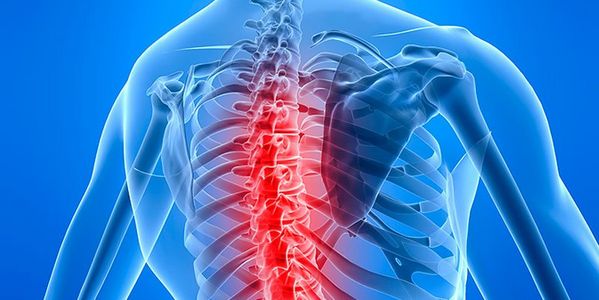Muscle atrophy and necrosis of muscle tissue is the treatment of disease. Symptoms and prevention of the disease muscle atrophy

The process of tying of the muscle occurs gradually, muscles significantly reduced in volume, their fibers are degenerate and become where thinner. In very complex cases, the number of muscle fibers can be reduced until full extinction.
The cause of the
The emergence of simple primary atrophy is directly connected with the defeat of specific muscles. In this case, the cause of the disease may become bad heredity, which manifests itself in wrong metabolism in connection with congenital defect of muscle enzymes or high levels of cell membrane permeability. A variety of external factors Wednesday also significantly affect the body and can trigger the beginning of a pathologic process. These include infectious processes, injury, physical strain. Simple atrophy of muscles most pronounced when Myo.
Secondary nevrogennaja muscle atrophy usually occurs when cells are damaged the front horns spinal cord, peripheral nerves, as well as roots. Peripheral nerve damage in patients with decreased sensitivity. Also cause muscular atrophy can be infective process, that goes with the defeat of transport cells of the spinal cord, stem damage nerves, polio and diseases such a plan. The pathological process may be inborn nature. In such a case, the disease will be slower, than usual, striking distal divisions of upper and lower extremities, and it would be typical of benign.
Symptoms of muscle atrophy
At the beginning of the disease symptoms are characteristic pathologic muscular fatigue in the legs during prolonged physical exertion (walking, run), sometimes spontaneous twitching muscles. Externally, draw attention to themselves enlarged calf muscles. Atrophy initially localized in the proximal muscle groups of the lower limbs, pelvic girdle, thighs and always symmetrical. Their appearance causes restriction of motor function in his legs-difficulty when climbing on a ladder, stand up with horizontal surfaces. Gradually changing gait.
Diagnostics
Diagnosis of muscular atrophy at present does not pose difficulties. To identify the background causes of disease are conducting detailed clinical and biochemical blood tests, functional studies of the thyroid gland, liver. Obligatory electromyography and nerve conduction study, muscle biopsy, but also a careful medical history. Optionally assigned additional examination methods.
Types of disease
There are several forms of the disease. Neural amyotrophy, or Charcot-Marie amyotrophy, It flows with the defeat of foot muscles and lower leg, the most susceptible to pathological process are extensor group and a group of leading foot muscles. The foot when the deformed. In patients appears characteristic gait, during which the patients greatly raise your knees, because the stop, While lifting the legs, droops and interferes with walking. The doctor notes fading reflexes, reduction of surface sensitivity in the lower divisions of the limbs. Years after onset of illness involved in the pathological process of hand and forearm.
Progressive muscular atrophy Verdniga-Gofmanna characterized by more severe. The first symptoms of muscular atrophy appearing a child at an early age, often outwardly healthy family parents disease suffer several children. For diseases characterized by loss of tendon reflexes, sharp decline in blood pressure, fibrous jerking.
Atrophic accompanies syndrome and progressive muscular atrophy adults-atrophy Arana-Duchene. At the initial stage of the disease process is localized in the distal upper limb divisions. Muscle wasting affects and elevation of the thumb, little finger, as well as the interossei muscles. Hands in patients taking typical pose "monkey brushes. Pathology is also accompanied by the disappearance of tendon reflexes, but sensitivity remains. The disease process progresses over time, It involves the muscles of the neck and trunk.
Treatment of muscle atrophy
The choice of methods and means for the treatment of muscle atrophy depends on the age of the patient, gravity process and forms. Medicamental therapy usually involves subcutaneous or intramuscular administration the following drugs: Atrifos or Miotrifos (nucleic acid); vitamins (E), B1 and B12; galantamin; proserin. Of great importance in the treatment of muscle atrophy is also proper nutrition, physiotherapy, massage and physiotherapy, psychotherapy. When the muscle wasting the child flows, that is lagging behind their peers in intellectual development, appoint Neuropsychological sessions.
Complications
In the final stages of the disease, When the patient loses the ability to breathe, It admitted to the Department of resuscitation and intensive therapy for holding prolonged mechanical ventilation.
Prevention of muscular atrophy
Conservative treatment courses for 3-4 weeks at intervals 1 -2 of the month. This treatment slows the progression of muscular atrophy, and patients for many years retain physical performance.
